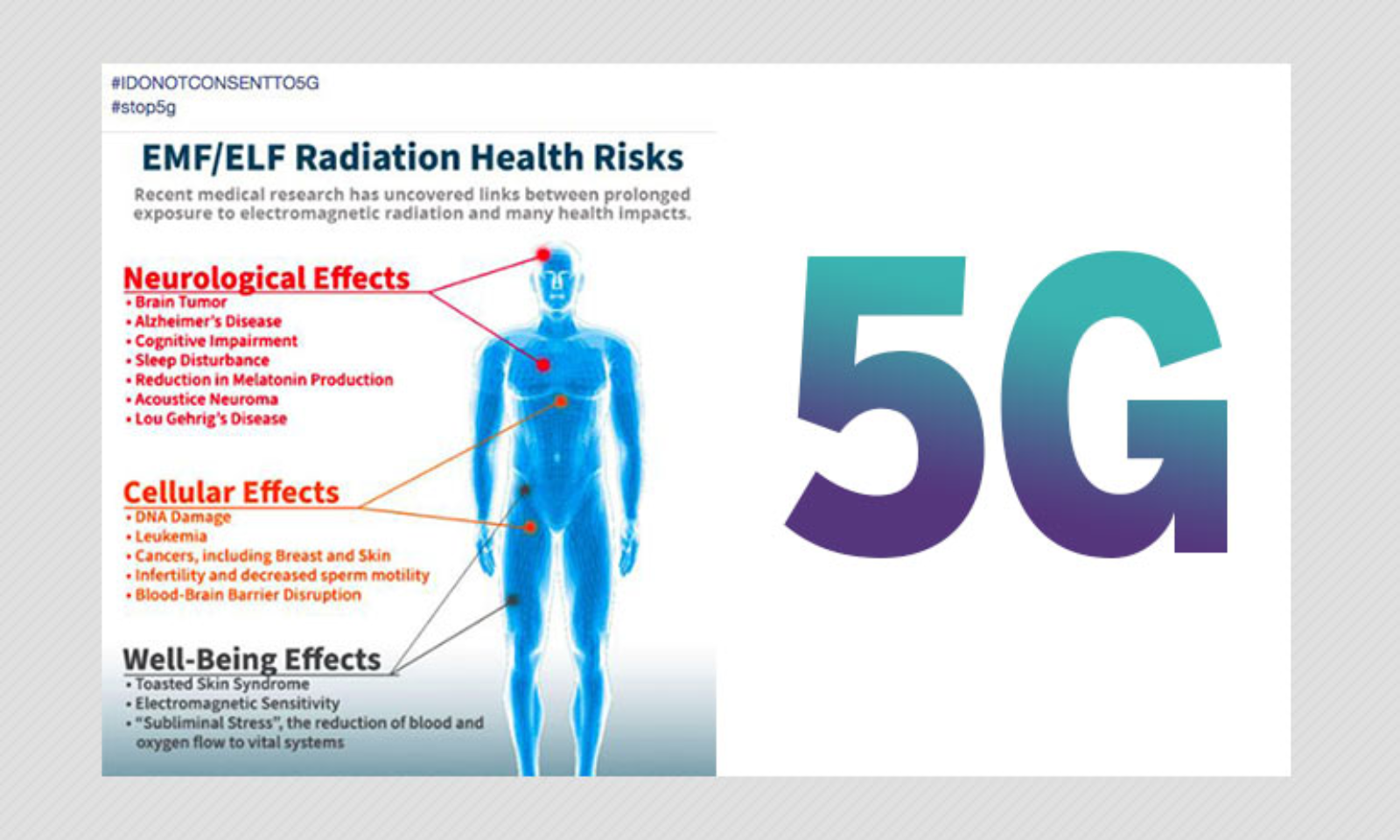The health consequences of the 5G radiation are being debated. However, one study suggests that there is a connection between radiofrequency radiation and the development of cancers in male rats. This study was classified before it was declassified in 2012 by the Central Intelligence Agency, but it has proven that radiofrequency may be a cause of cancer for animals including humans. Researchers exposed male rats to radiofrequency for 15 days , and found that they developed the similar types of cancers human beings do.
Health impacts of 5G radiation
The rapid expansion of wireless communications have led to creation of 5G technologies however, there is a growing concern regarding the health risks of 5G radiation. While higher frequencies do not affect the body as much as older technologies, scientists have pointed to possible systemic impacts and are calling for further studies. To ensure that 5g towers radiation is protected and protected, the European Commission is requesting independent studies to determine if this technology could pose any health hazards.
It is important to note that there's a substantial number of misinformation about 5G's effects on health, and it is essential to dispel any doubts that remain. While the technology is not yet widespread but there are many who are being told it can cause health problems, most often via social media where sexy language is used.
Beamforming technique

Beamforming is among the most important technologies for 5G mobile networks. It is a method which makes use of several radiating elements to produce a narrow beam. The purpose for beamforming is minimize how much unwanted radiation is reflected that is in the resultant signal. This method is widely employed in wireless communication systems and is vital to 5G's cost-effective coverage.
This method involves electronic weighting of the individual signals from each antenna. This produces an extremely narrow beam of radiation that enhances coverage of cell phones indoors as well as near the cell's edges. This technique is important because poor coverage can cause lower user satisfaction. Apart from improving the signalquality, beamforming reduces the amount of interference a user experiences from other devices.
does 5g emit radiation of 5G radiation generated by cell towers is comparable to that of previous generations of 3G and 4G systems. A reason that lower density lies in the sensitiveness of electronic components. The maximum radiation output of the 2G handset was around 2 Watts, whereas that of a 4G phone was approximate 200 milliwatts.
The power density is a measure of the amount of electromagnetic energy that can be absorbed by the body at a certain distance. Its power density in radiation 5g is usually measured in watts per square metre. In contrast to the SAR measurement the power density measurement is actually a measure of the amount of electromagnetic energy that can be found in the space. The power density limits may differ for mobile devices and wearables depending on their operating frequency and distance.
Specific absorption
A Specific Absorption Rate (SAR) is an measurement that determines the speed at which a certain frequency deposits power into human tissues. In general, a SAR value should not exceed two watts per kilogram of body mass. 5g towers radiation is derived through the electrostatic field present within the tissues and the mass density, which is measured as kilograms for each cubic meter. It has recently been applied to the proposed antenna design.
The latest radio technologies that comprise the 5G system operate on frequencies that are below 6 GHz. These frequencies are also known in millimeter waves. However the FCC's SAR compliance test only applies to frequencies of up six GHz. Additionally the SAR test requires that measurements are conducted with phantoms made of tissue simulating media.
Health effects on skin
At present, we know very little about the health impacts of 5G radiation in the body. The existing knowledge is limited due to the absence of experiments in vivo and theoretical models. However, there is an urgent need for more research on the effects of 5G radiofrequency radiation on human skin. Using 5G radio frequencies can cause skin damage specifically to the epidermis, which is one of the most sensitive parts.
Contrary to 4G, 5G's radiation is a high frequency that has been found to cause heat to human tissues. Human bodies are dipolar, and the higher frequency of radio waves from 5G will cause heat in the skin. The exposure to radio frequencies from 5G may also affect other organs in the body, including the brain.
